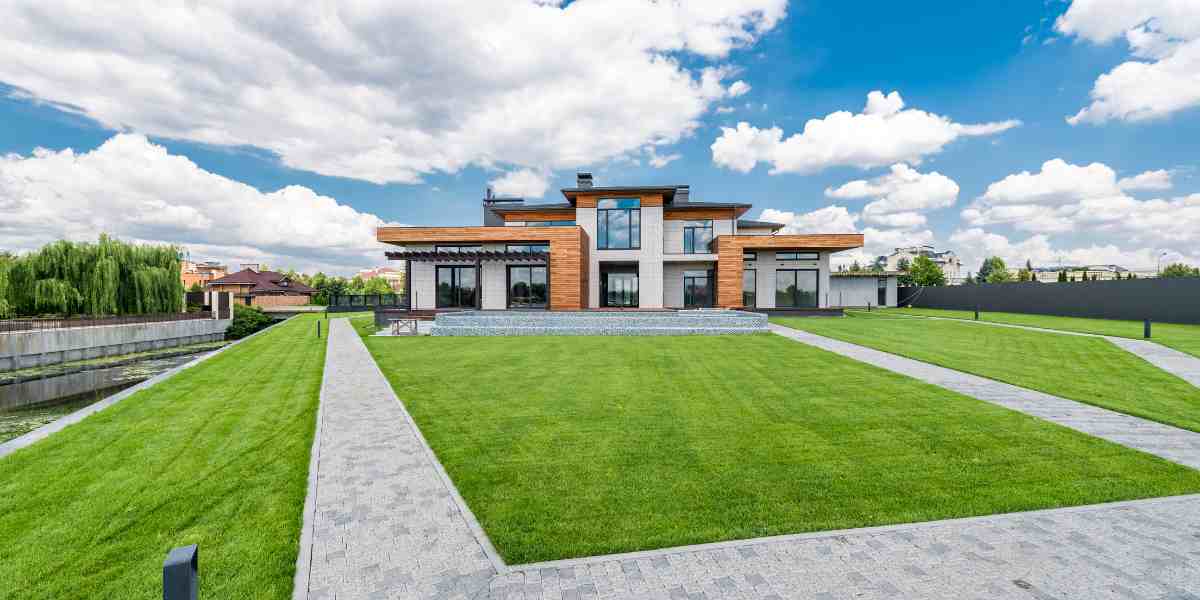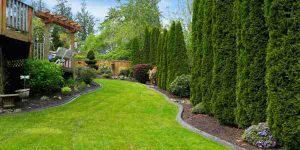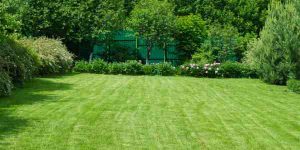Creative Ideas for Modern Landscaping

Xeriscaping: The Eco-Friendly Approach to Beautiful Landscapes
In the realm of landscaping, where beauty meets sustainability, xeriscaping emerges as a beacon of eco-conscious design. Originating from the Greek word “xeros,” meaning dry, xeriscaping represents a water-wise approach to landscaping that thrives in arid and semi-arid climates while conserving water and reducing environmental impact. Let’s delve into the principles, benefits, and creative possibilities of xeriscaping, the epitome of sustainable landscaping practices.
Understanding Xeriscaping
Xeriscaping is not merely a style of landscaping; it’s a holistic approach that encompasses design principles, plant selection, soil improvement, and water-efficient irrigation techniques. At its core, xeriscaping aims to create beautiful outdoor spaces that require minimal water inputs and maintenance while promoting environmental sustainability and resilience.
Principles of Xeriscaping
Water Conservation: The cornerstone of xeriscaping is water conservation. By selecting drought-tolerant plants, improving soil structure, and implementing efficient irrigation methods such as drip irrigation and rainwater harvesting, xeriscaping reduces water usage significantly compared to traditional landscapes.
Diverse Plant Selection: Xeriscaping embraces a diverse palette of native and adapted plant species that are well-suited to local climate conditions. These plants are inherently resilient to drought, heat, and other environmental stressors, making them ideal candidates for water-wise landscaping.
Efficient Irrigation: Smart irrigation practices play a crucial role in xeriscaping. By utilizing technologies like drip irrigation, micro-sprinklers, and soil moisture sensors, xeriscaped landscapes deliver water directly to plant roots, minimizing evaporation and runoff while maximizing water absorption and plant health.
Mulching and Soil Improvement: Mulching is a key component of xeriscaping that helps retain soil moisture, suppress weed growth, and regulate soil temperature. Additionally, soil improvement techniques such as composting, aerating, and amending with organic matter enhance soil structure and fertility, promoting healthy root growth and water infiltration.
Sustainable Maintenance Practices: Xeriscaped landscapes require minimal maintenance compared to traditional turf lawns. By adopting sustainable maintenance practices such as proper pruning, selective watering, and integrated pest management, homeowners can reduce the need for chemical inputs and mechanical maintenance while preserving the integrity of the landscape.
Benefits of Xeriscaping
Water Savings: Xeriscaping can reduce outdoor water usage by up to 50-75% compared to conventional landscapes, resulting in significant water savings and lower utility bills.
Low Maintenance: With its focus on native and drought-tolerant plants, xeriscaping requires less mowing, watering, and fertilizing, allowing homeowners to enjoy a beautiful landscape with minimal effort and expense.
Environmental Sustainability: Xeriscaping promotes environmental sustainability by conserving water resources, reducing chemical inputs, and providing habitat for native wildlife, including pollinators and beneficial insects.
Resilience to Climate Change: In the face of climate change and unpredictable weather patterns, xeriscaped landscapes demonstrate resilience to drought, heatwaves, and water restrictions, ensuring long-term viability and adaptability.
Creative Possibilities of Xeriscaping
Despite its focus on water conservation and sustainability, xeriscaping offers endless creative possibilities for designing beautiful and functional landscapes. From vibrant desert gardens and Mediterranean-inspired courtyards to contemporary xeriscapes featuring architectural elements, sculptures, and outdoor living spaces, xeriscaping transcends traditional notions of landscape design, inviting homeowners to explore new realms of creativity and expression.
In conclusion, xeriscaping represents a paradigm shift in landscape design, blending beauty, functionality, and sustainability in perfect harmony. By embracing the principles of xeriscaping, homeowners can create landscapes that not only conserve water and resources but also enhance the natural beauty of their surroundings while promoting environmental stewardship and resilience for generations to come.



